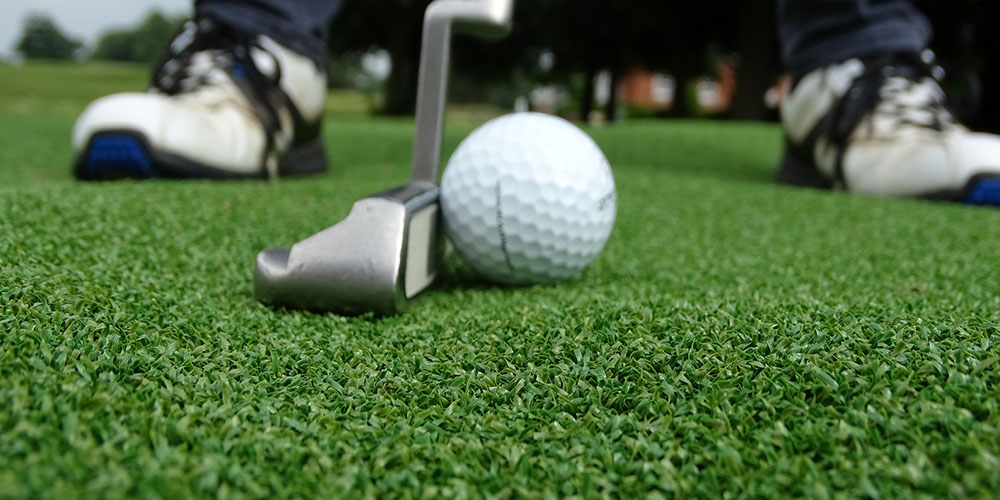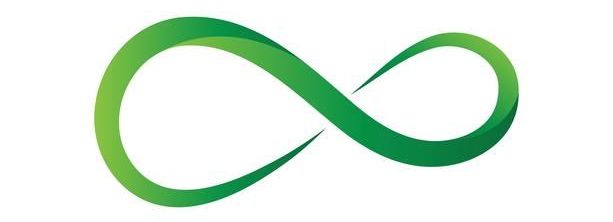
Artificial Putting Green: Everything You Need to Know
In recent years, the demand for artificial putting greens in both residential and commercial spaces has surged dramatically. Golf enthusiasts are increasingly seeing the advantages of having a personal putting green at home, allowing them to practice their strokes and enjoy leisure time without leaving their property. However, selecting the right artificial grass for your putting green can be overwhelming given the vast array of options available. This comprehensive guide covers everything you need to know—from types of artificial turf and their features to installation tips, cost considerations, and ongoing maintenance.
Key Factors to Consider When Choosing Artificial Grass for Putting Greens
Selecting the perfect artificial turf for your putting green requires attention to several critical factors, including durability, ball speed, blade shape and density, backing material, and infill type.
Durability
A high-quality putting green must endure constant foot traffic and repeated ball impacts. Therefore, selecting artificial grass with a dense fiber structure is crucial, as it enhances wear resistance. Additionally, the turf’s backing material should be robust enough to securely hold the fibers in place over time.
Ball Speed and Roll Distance
Ball speed and roll distance are essential for a realistic and enjoyable golfing experience. These performance metrics are influenced by the pile height, fiber density, and blade shape. A lower pile height combined with a high-density fiber count typically results in a faster ball roll and extended roll distance.
Blade Shape and Density
The shape and density of the grass blades significantly impact ball behavior. A flatter, smoother blade surface ensures a more predictable and consistent roll. A denser turf—meaning more fibers packed per square inch—offers better ball support and an enhanced putting experience.
Backing Material
The backing layer of artificial turf acts as the foundation that holds the fibers upright. A premium-quality backing ensures superior durability and efficient drainage, helping prevent water accumulation after rainfall.
Infill Options
Infill materials, such as silica sand or crumb rubber, are applied between the blades to provide cushioning and support. Choosing the right infill is crucial for achieving the desired ball speed, roll consistency, and turf stability.
Types of Artificial Grass for Putting Greens
Understanding the different materials used in artificial turf production is key to selecting the best option for your putting green. The three primary materials are polypropylene, nylon, and polyethylene—each with its distinct characteristics.
Polypropylene
Polypropylene is widely chosen for putting greens thanks to its affordability and satisfactory performance.
Advantages:
- Cost-effective solution
- Minimal maintenance required
- Resistant to UV degradation
Disadvantages:
- Ball roll may be less realistic compared to other materials
- Visual aesthetics may not be as impressive as nylon or polyethylene options
Nylon
Nylon artificial turf is renowned for its superior durability and realistic performance, making it a popular choice for serious golfers.
Advantages:
- Extremely resilient and durable
- Provides realistic ball roll and consistent performance
- Handles heavy foot traffic with ease
Disadvantages:
- Higher cost compared to polypropylene
- Requires more frequent maintenance to maintain appearance and performance
Polyethylene
Polyethylene turf offers an excellent balance of aesthetics, performance, and durability, closely resembling the look and feel of natural grass.
Advantages:
- Highly realistic look and texture
- Smooth, consistent ball roll
- Durable and easy to maintain
Disadvantages:
- Pricier than polypropylene options
- May not be as resilient as nylon under heavy use
After choosing the turf material, it’s equally important to select a suitable infill to enhance your putting green’s overall performance.
Cost Considerations for Artificial Putting Greens
Several factors can influence the overall cost of installing an artificial putting green:
- Size of the green
- Type and quality of turf and infill materials
- Complexity of the design
- Site preparation and installation labor
Typical Price Ranges:
- Basic backyard putting greens: $8–$25 per square meter
- Professional-grade installations: $25–$50 per square meter
- Custom designs and special features can add to the final cost
Investing in a high-quality putting green ensures better performance, increased durability, and greater long-term satisfaction.
DIY Installation: Building Your Own Backyard Putting Green
If you prefer a DIY approach to installing your putting green, following a precise method is crucial to achieving professional-quality results.
Step-by-Step Installation Process:
- Site Selection and Preparation
- Choose a flat, well-drained area.
- Remove all existing grass, weeds, rocks, and debris.
- Grade the site to ensure optimal water drainage.
- Base Construction and Compaction
- Lay down a compactable base material such as decomposed granite or crushed stone.
- Compact the base thoroughly using a plate compactor to create a firm, level surface.
- Installing the Artificial Turf
- Unroll the artificial grass carefully over the base, ensuring no wrinkles or overlaps.
- Cut the turf to the desired shape and size.
- Secure the edges using landscaping nails or staples spaced about 6 inches apart.
- Applying Infill and Brushing
- Evenly distribute the chosen infill material over the turf using a drop spreader.
- Brush the surface with a stiff broom or power brush to help the infill settle and fibers stand upright.
- Adding Accessories and Final Touches
- Install hole cups, flags, and fringe turf as desired.
- Perform final brushing and minor adjustments to optimize ball roll and aesthetics.
By adhering to these steps, you can successfully build a visually appealing and functional putting green in your backyard.
Maintenance Tips for Artificial Grass Putting Greens
Maintaining your artificial putting green is straightforward and requires minimal effort. Proper care ensures consistent performance and extends the turf’s lifespan.
Regular Cleaning
Use a leaf blower or soft rake to remove leaves, twigs, and other debris from the surface.
Brushing and Fiber Grooming
Regular brushing with a stiff-bristle broom helps maintain the grass blades’ upright position, promoting optimal ball roll.
Infill Management
Periodically check the infill level. Add more infill when necessary to maintain the cushioning and stability of your putting green.
Spot Repairs
If sections of the turf become flattened or damaged, repair them using specialized patch kits or fresh infill to restore original conditions.
Conclusion
Creating the ideal backyard putting green involves more than just picking any artificial turf—it requires careful evaluation of materials, infill options, installation methods, and maintenance strategies. By considering factors like durability, ball roll consistency, aesthetics, and budget, you can confidently select a solution that meets your goals and lifestyle.
When sourcing high-quality artificial grass for your project, consider partnering with a reputable supplier known for offering premium products, competitive pricing, and excellent customer support. Making the right choice ensures your putting green will provide years of enjoyment and performance.
Frequently Asked Questions (FAQs)
What is the best type of artificial grass for putting greens?
The ideal type depends on your specific needs, budget, and preferences. Polypropylene, nylon, and polyethylene each offer unique advantages—be sure to evaluate them based on durability, performance, and cost.
How long does artificial putting green turf typically last?
With proper installation and regular maintenance, artificial putting greens can last anywhere from 8 to 25 years, depending on the quality of materials used.
Is it possible to install an artificial putting green by myself?
Yes, but it requires precision and specialized tools. If you lack experience, hiring professional installers might lead to better, longer-lasting results.
How does artificial turf compare to natural grass for putting greens?
High-quality artificial grass offers a consistent ball roll and realistic playing experience, often with less maintenance and better year-round usability than natural grass.
Can I customize the layout of my putting green?
Absolutely! Many suppliers offer customizable features such as different hole placements, slopes, and even sand bunkers to create a unique and challenging layout.
What should I prioritize when choosing putting green turf?
Focus on factors such as durability, ball performance, aesthetic appeal, maintenance needs, and supplier reputation to ensure a smart, long-term investment.
